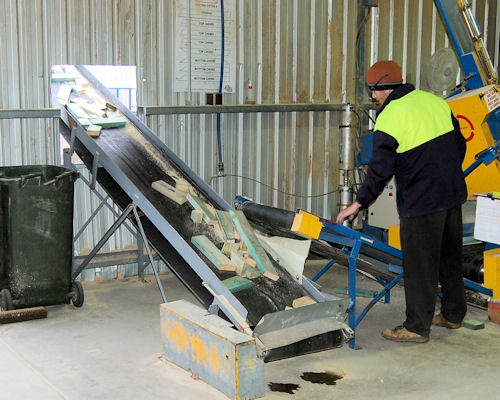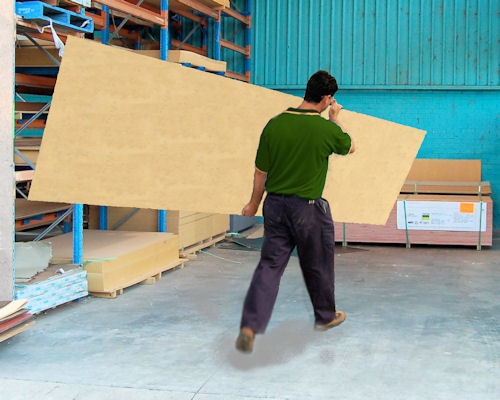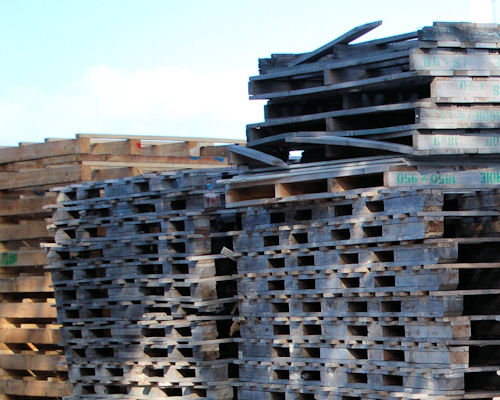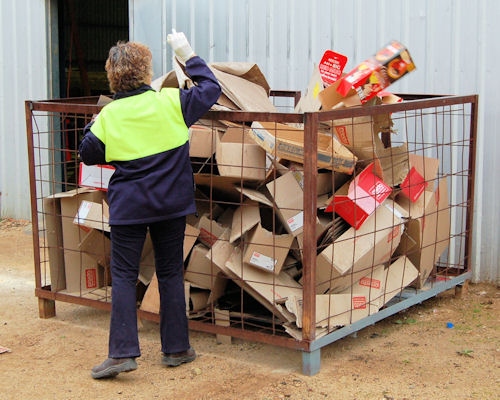Managing waste
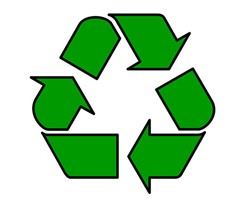
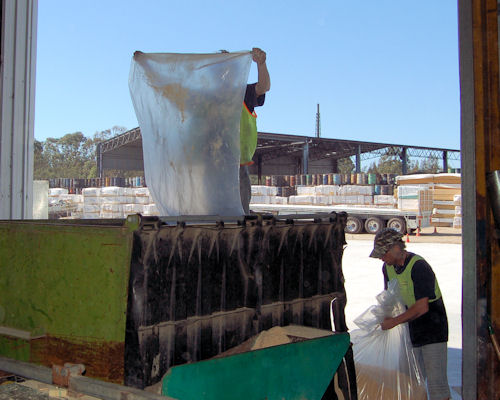 Audio for slide 7 (mp3 |6|KB)
Audio for slide 7 (mp3 |6|KB)
Disposal
If you need to store waste while it's waiting to be picked up and disposed of, make sure it is kept secure so that it doesn't blow away or escape into the storm water system. Remember, too, that you mustn't bury waste on-site - this constitutes a landfill activity and is illegal unless your company has an EPA waste licence.

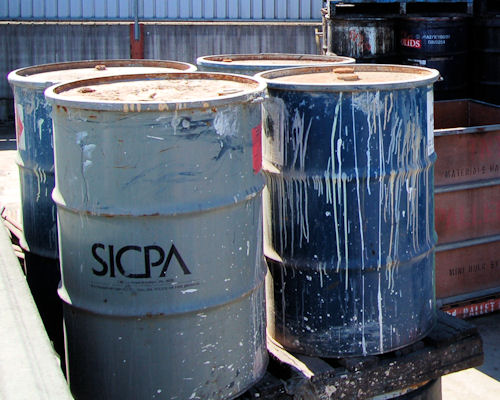 Audio for slide 8 (mp3 |6|KB)
Audio for slide 8 (mp3 |6|KB)
Never put liquid waste into the waste bin.
Materials in the waste bin generally go to landfill, so it should only ever be used for dry, solid waste.
Always drain and clean anything containing leftover fluid before you put it in the bin.
Depending on the type of liquid it is, you can then either recycle or treat it, or put it aside for removal by a waste disposal contractor.

Materials in the waste bin generally go to landfill, so it should only ever be used for dry, solid waste.
Always drain and clean anything containing leftover fluid before you put it in the bin.
Depending on the type of liquid it is, you can then either recycle or treat it, or put it aside for removal by a waste disposal contractor.

Go to Assignment
Industry Network Training and Assessment Resourses
© 2016 Workspace Training



